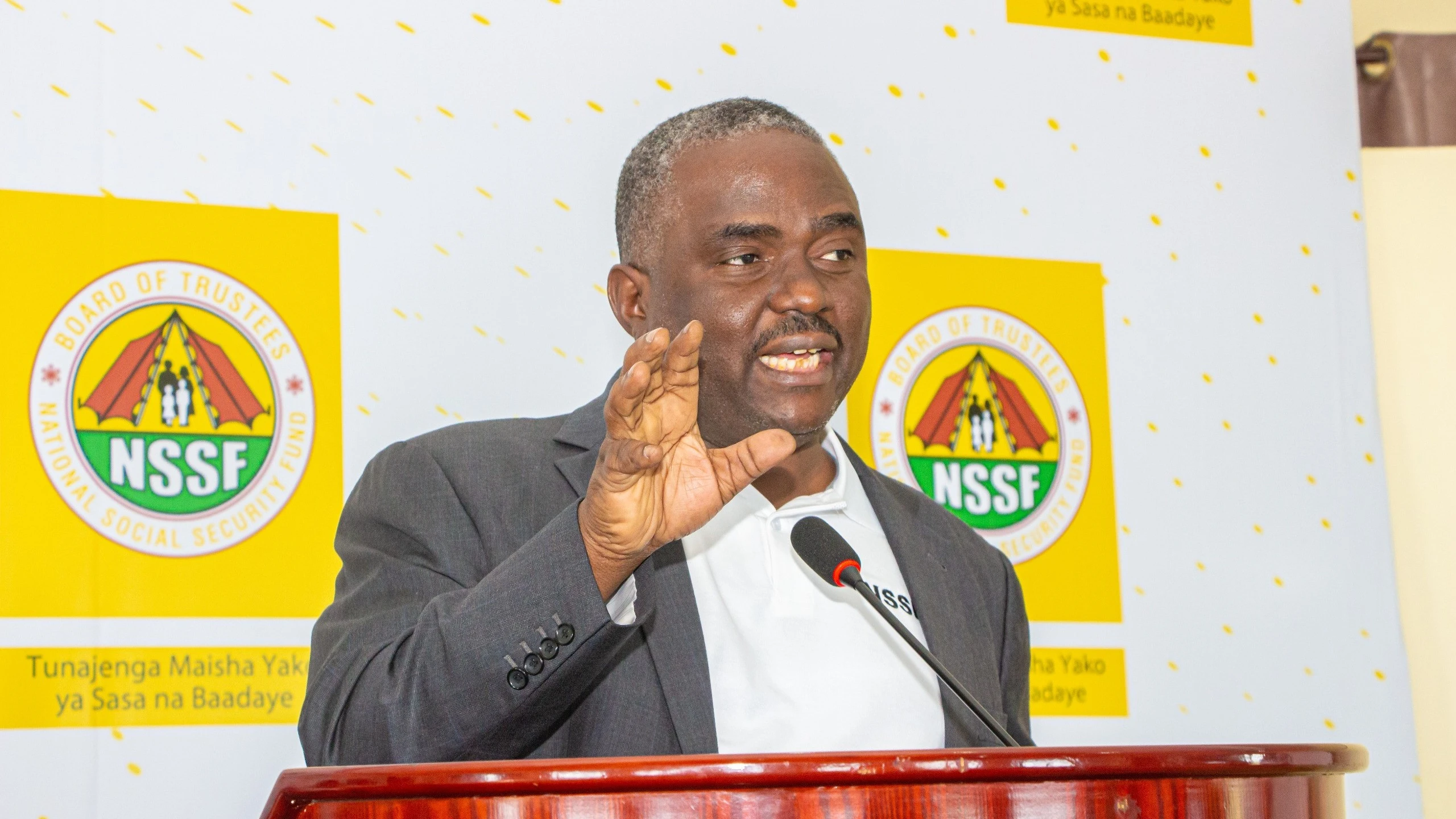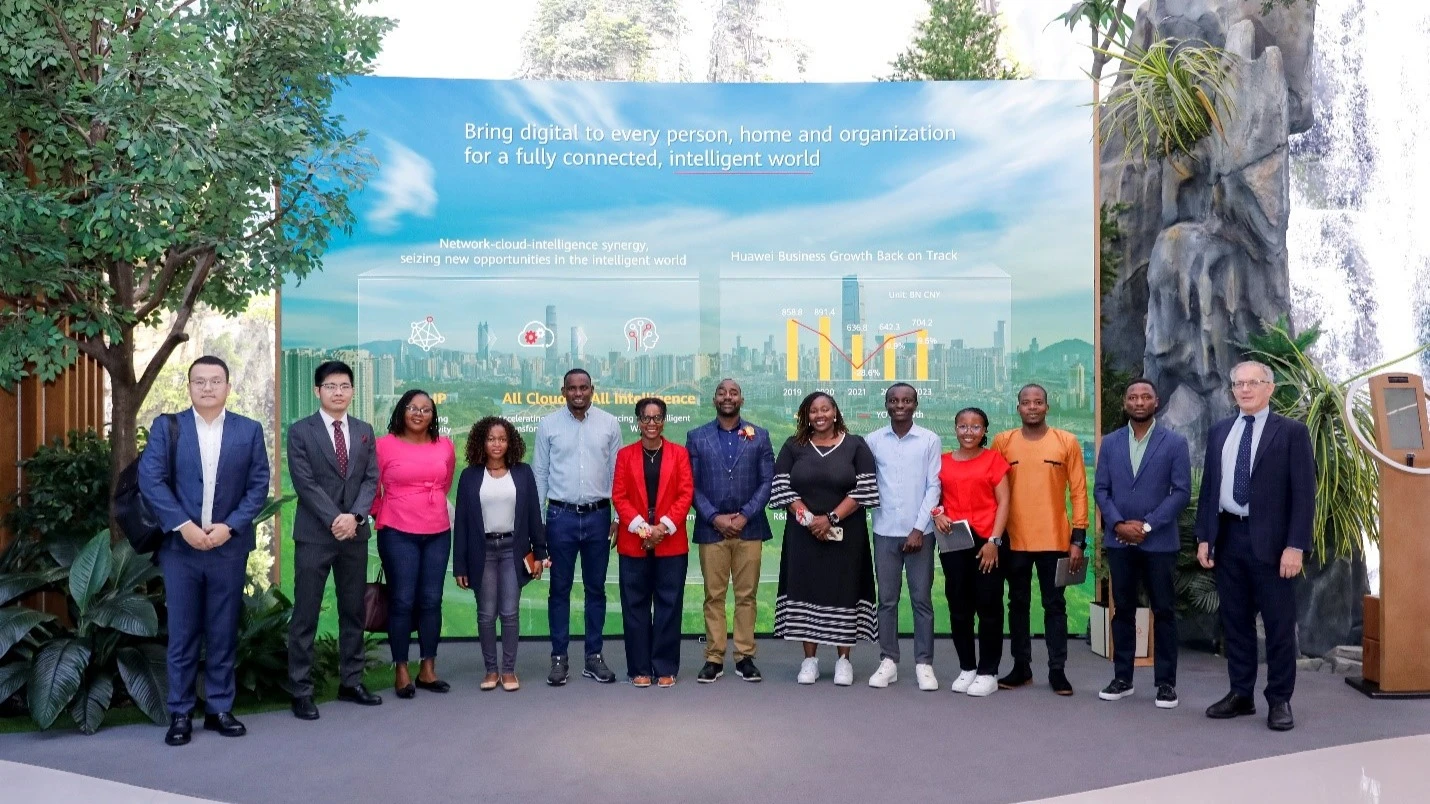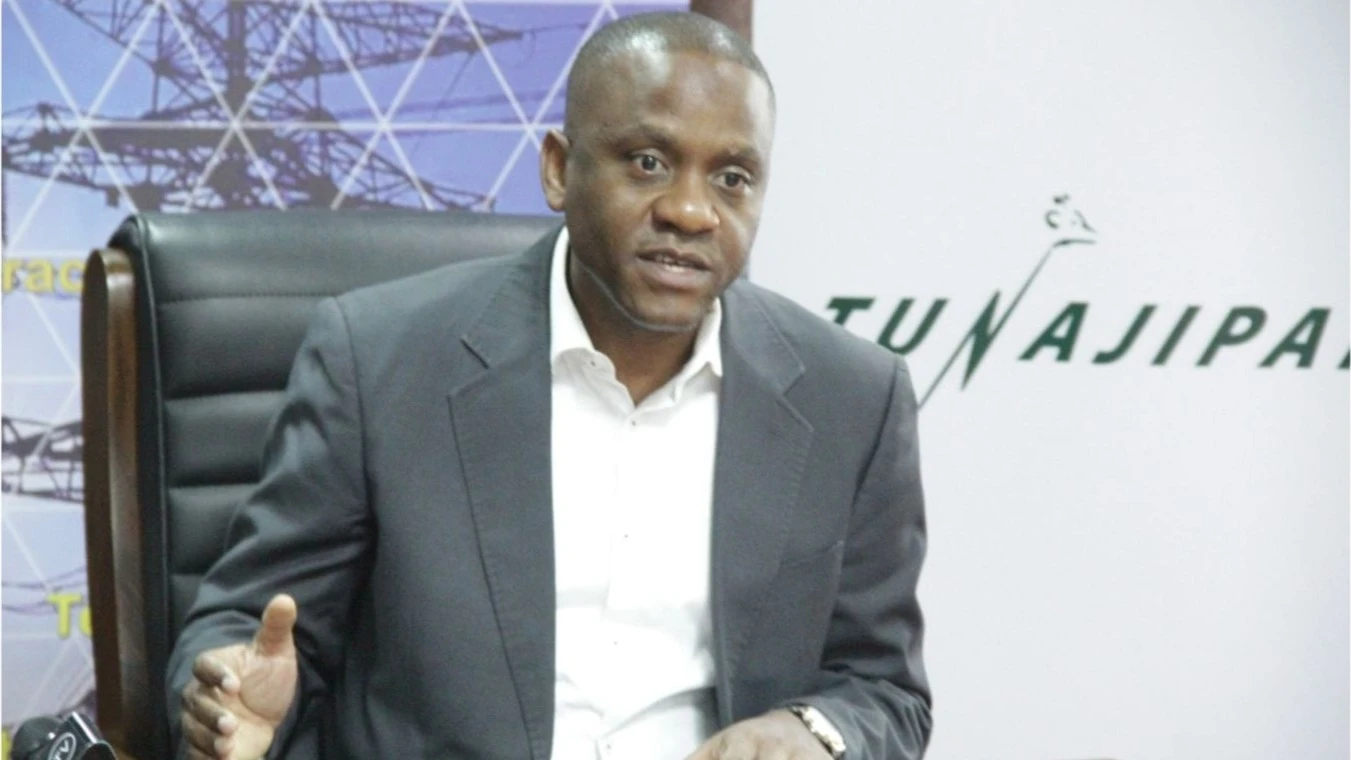NSSF automation levels double in three years

The National Social Security Fund (NSSF) has nearly doubled the automation of its operations to 82 percent, up from 42 percent just three years ago. This development is part of the fund’s ongoing strategic plan, which runs through 2025/2026.
NSSF Director General Masha Mshomba (pictured) revealed these figures yesterday in Dar es Salaam during a progress meeting with editors from various media organizations under the Tanzania Editors Forum (TEF).
According to Mshomba, the automation now encompasses all aspects of the fund’s operations, including the introduction of online registration for members, as well as the processing of contributions and benefits. "This has enabled us to enhance control and provide greater convenience to our members," he said.
He also reported that the fund’s total assets have grown significantly, rising to 8.5trn/- from 4.8trn/- three years ago.
The current funding level of the NSSF stands at 90 percent, well above the 40 percent minimum requirement, which highlights the fund's financial health. The NSSF disburses 11 billion shillings monthly to 30,000 pensioners.
The funding level indicates the NSSF’s capacity to meet current and future obligations, including pension payments, health benefits, and other social security services.
Mshomba also outlined the NSSF’s ongoing efforts to recruit more members from the informal sector. This initiative is aimed at extending social security coverage, which aligns with the goals set forth in the Sustainable Development Goals (SDGs), ensuring that beneficiaries can maintain a reasonable standard of living.
Traditionally, the NSSF has catered to formal employees, primarily in the private sector. However, with the growing informal economy, the fund has shifted its focus to informal workers, such as small-scale traders, fishermen, farmers, and artisans. The recruitment approach mainly targets groups rather than individuals.
To accommodate the irregular income patterns typical of informal sector workers, the NSSF has introduced flexible payment structures. These allow members to contribute at their convenience without being restricted to fixed monthly payments.
Mshomba added that the NSSF has been conducting educational campaigns to raise awareness among informal workers about the advantages of social security, including retirement pensions, health coverage, maternity benefits, and other protections.
Additionally, the NSSF has partnered with mobile network operators to enable members to make contributions through mobile money platforms, a crucial development for reaching workers in remote or rural areas.
By focusing on the informal sector, the NSSF aims to increase financial security for workers who might otherwise lack access to traditional social security programs. This expansion could also stimulate national savings and contribute to long-term economic growth.
However, Mshomba cautioned that Tanzania might fall short of achieving the SDGs' goal of extending social security coverage to the informal sector. He urged the government to create incentives to support this expansion, such as offering contribution top-ups, similar to programs in neighboring countries like Rwanda.
The director general also highlighted that the NSSF invests members’ contributions in various sectors, including real estate, equities, and government debt instruments, with government securities making up 50 percent of the portfolio.
These investments are intended to grow the fund’s reserves and ensure its long-term ability to meet obligations to members.
Top Headlines
© 2024 IPPMEDIA.COM. ALL RIGHTS RESERVED

























